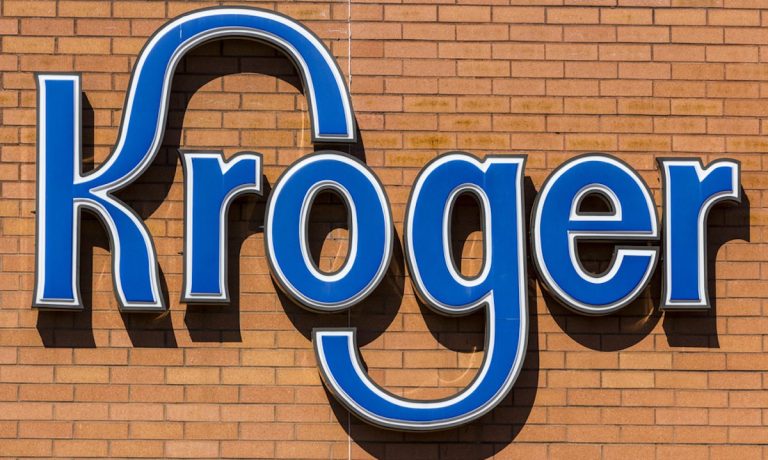
As consumers seek out more convenient meal options, Kroger’s new Tempo heat-and-eat meal subscription service sees the opportunity to gain share from restaurants, grocers and meal kits.
In an interview with PYMNTS, Scott Payne, chief product officer at Kroger’s Home Chef and Tempo, said these low-effort foods can replace a range of different meal occasions.
“There are certainly going to be some people where this is replacing grocery,” Payne said. “There are some people who haven’t traditionally cooked in the past, so that might be replacing takeout, and there might even be traditional meal kits subscribers who are looking for something more convenient.”
As it stands, most consumers have not yet adopted these kinds of meal options. PYMNTS Intelligence’s study “Connected Dining: Ready-to-Eat Meals Are Eating Restaurants’ Lunch,” which drew from a survey of more than 2,300 U.S. consumers in April, revealed that 1 in 10 people order ready-to-eat meals to be delivered to their homes every month.
Tempo operates on a week-to-week subscription model, and there’s an option to shift to less frequency. Consumers choose to have between six and 16 meals delivered in that time. The company incentivizes larger purchases by offering lower per-serving costs for more meals.
Flexibility is key to subscriber retention. PYMNTS Intelligence’s report “Subscription Commerce Readiness Report: The Loyalty Factor,” a collaboration with sticky.io that drew from a survey of more than 2,000 U.S. consumers, found that most food and beverage subscribers see the ability to cancel the subscription at any time at no cost as a key feature. Plus, the second-most in-demand option was the ability to make changes to the subscription frequency at any given moment without the need to unsubscribe first.
As consumers mind their meal budgets, Payne said heat-and-eat meals have the opportunity to gain share from higher-cost restaurant takeout options.
“A lot of people are coming into this space from takeout, which may have been a more affordable option in the past but has increased in price,” Payne said, noting the same of grocery and adding that, in “at least the studies I’ve seen,” meal kit inflation has been lower than either sector.
Consumers’ budget concerns may be so pressing that many shoppers will not spring for the convenience of quick, easy meal options. Conagra Brands shared in its earnings results Oct. 5 that its frozen food category has taken a hit, with cost-conscious shoppers switching to cooking from scratch. Direct-to-consumer (D2C) frozen meal delivery service Yelloh has reportedly been cutting dozens of jobs, per the Tacoma News Tribune, with certain locations no longer able to turn a profit.
Still, taking a broader view, the long-term trend is toward convenience, with frozen food having grown in recent years, and with the D2C heat-and-eat space just starting to take shape.
“It’s a wide-open space,” Payne said. “… This is week three or four of something that’s a multi-year journey for us. We’re going to be learning a lot along the way and ultimately serving a very wide range of people in the future.”